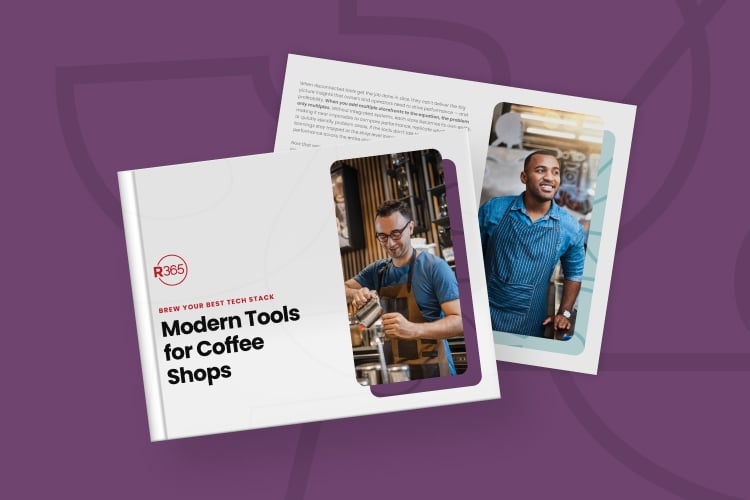Running a successful restaurant is like juggling flaming knives while trying not to burn the souffle. It’s a delicate dance that requires the perfect balance of flavors. The same goes for mastering your food cost percentage. But that then begs the question, what is a good food cost? In this article, we’ll explore the ins and outs of food cost percentage, why it matters, and how restaurants can whip up a delectable financial strategy by calculating and optimizing this metric.
What is Food Cost Percentage?

Understanding food cost percentage is the secret spice that flavors your restaurant’s financial performance. It measures the portion of your sales revenue that goes toward ingredient expenses. Imagine you have a food cost percentage of 29%. That means you’re spending about 29 cents on food ingredients for every dollar earned. This calculation can be done for your overall business, a specific location, or even a single dish.
What is a Good Food Cost Percentage?
A good food cost percentage typically falls between 28% and 35%. However, it is important to note that the ideal percentage can vary depending on your type of restaurant. A quick-service restaurant may have lower costs due to simpler menus and lower ingredients prices, while a fine dining establishment may have high food costs due to premium ingredients.
How to Calculate Food Cost Percentage?
The following provides an overall view of your restaurant’s food cost percentage:
Total Food Cost Percentage = (Total Cost of Goods Sold / Total Food Sales) X 100
This calculation zeroes in on the food cost percentage for a specific dish, like a master chef perfecting a signature creation:
Total Food Cost Percentage Per Dish = (Total Cost of Dish Per Serving / Menu Price of Dish) X 100
What is the Importance of Food Cost Percentage?
This metric holds the key to understanding your profitability and ensuring your dishes are as delightful to your bottom line as they are for your guests’ taste buds. Understanding your food cost percentage is as crucial as finding the perfect sous chef who doesn’t steal your fries.
Firstly, it provides insights into your profits and whether adjustments to menu prices are necessary. Additionally, it ensures that your dishes are profitable. If a dish is not meeting the desired profit margin, consider several options to move forward.
How to Optimize Food Cost Percentage
Ready to elevate your food cost percentage to Michelin-star levels? Here are some tested-and-proven strategies to optimize this metric and boost your profitability.
- Adjust your menu prices: Regularly review and adjust menu prices to ensure they align with your food cost targets and desired profit margins. Stay informed about market trends and customer preferences to make informed pricing decisions.
- Reduce food waste: Wasting food is like burning money. Implement efficient inventory management practices to minimize food waste. According to the USDA, the restaurant industry’s food waste totals almost $162 billion annually. Using integrated inventory systems, cloud-based waste logs, and actual versus theoretical analysis tools will help restaurants reduce their food waste footprint in ways that will positively affect the environment and their customers and profit margins.
- Conduct a menu engineering analysis: Analyze your menu to identify the stars (high sales, high-profit items) and opportunities (high sales, low-profit items), and identify strategies to promote sales of your highest margin items.
- Decrease portion size: Assess portion sizes to ensure they are aligned with your profit goals while meeting guests’ expectations.
- Find lower-cost suppliers: Continuously evaluate your suppliers and consider exploring new options to secure better pricing without compromising quality.
- Implement an integrated, all-in-one restaurant enterprise management platform: Sharpen your food costs by centralizing your business with a software platform that streamlines operations and improves food cost management. With comprehensive tools, including integrated inventory management, menu engineering analysis, and real-time reporting, restaurant leaders can track costs, optimize menu profitability, and make data-driven decisions to maintain best-in-class food costs in any economic climate.
By using a cloud-based, restaurant-specific technology platform, you can efficiently manage inventory, analyze sales data, track ingredient costs, and get real-time insights into your food cost percentage. The software’s intuitive interface and robust functionalities automate and simplify complex, labor-intensive processes, allowing you to focus on what matters most – providing exceptional dining experiences while maximizing profits.
Conclusion
Mastering food cost percentages and knowing what a good food cost is for your business is essential for running a successful and profitable restaurant. By strategically adjusting menu prices and portion sizes, reducing food waste, and closely monitoring your food cost percentage through leveraging the power of restaurant-specific software, you can optimize your operations and achieve a healthy balance between financial successes and delightful experiences.



